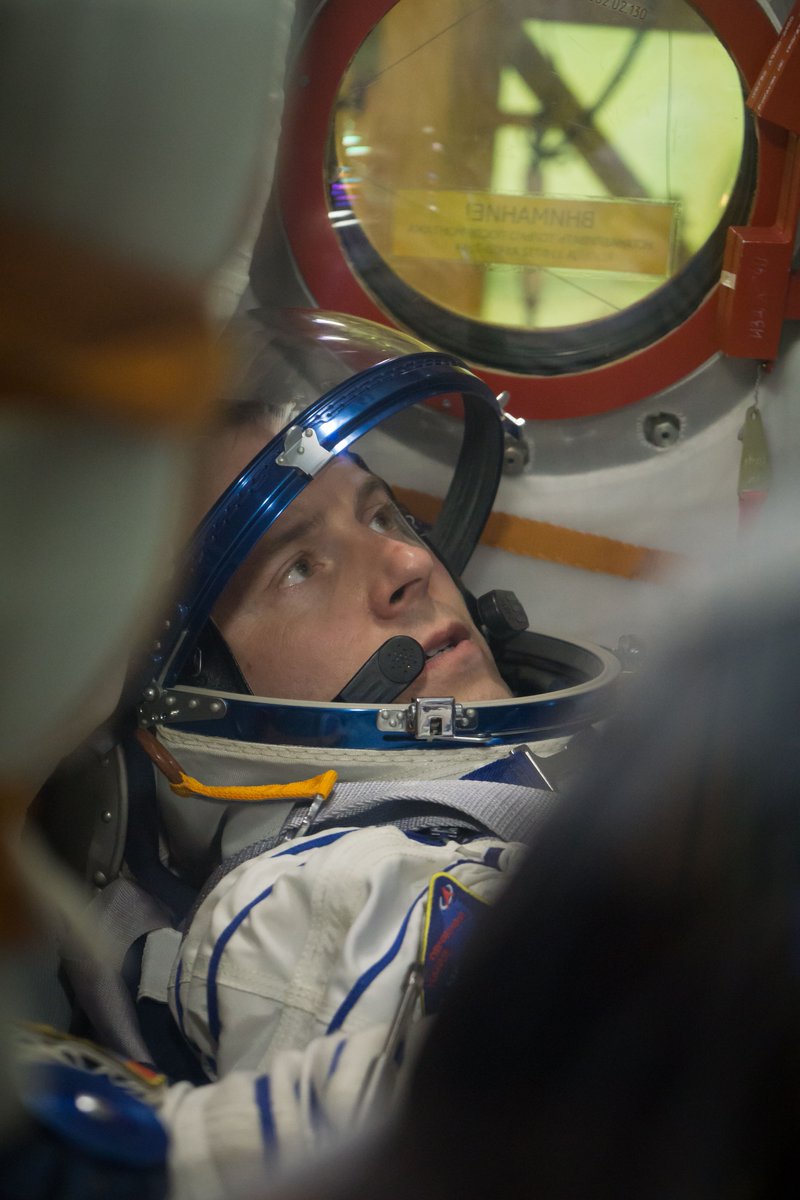
The first member of NASA’s 2013 astronaut class stands ready to launch into space on his first mission at 2:40 p.m. local time (4:40 a.m. EDT) tomorrow (Thursday, 11 October), from the Baikonur Cosmodrome in Kazakhstan. Forty-three-year-old Air Force Col. Nick Hague will fly aboard Soyuz MS-10, alongside seasoned Russian cosmonaut Alexei Ovchinin—who previously logged six months in orbit in 2016—for an anticipated half-year stay on the International Space Station (ISS).
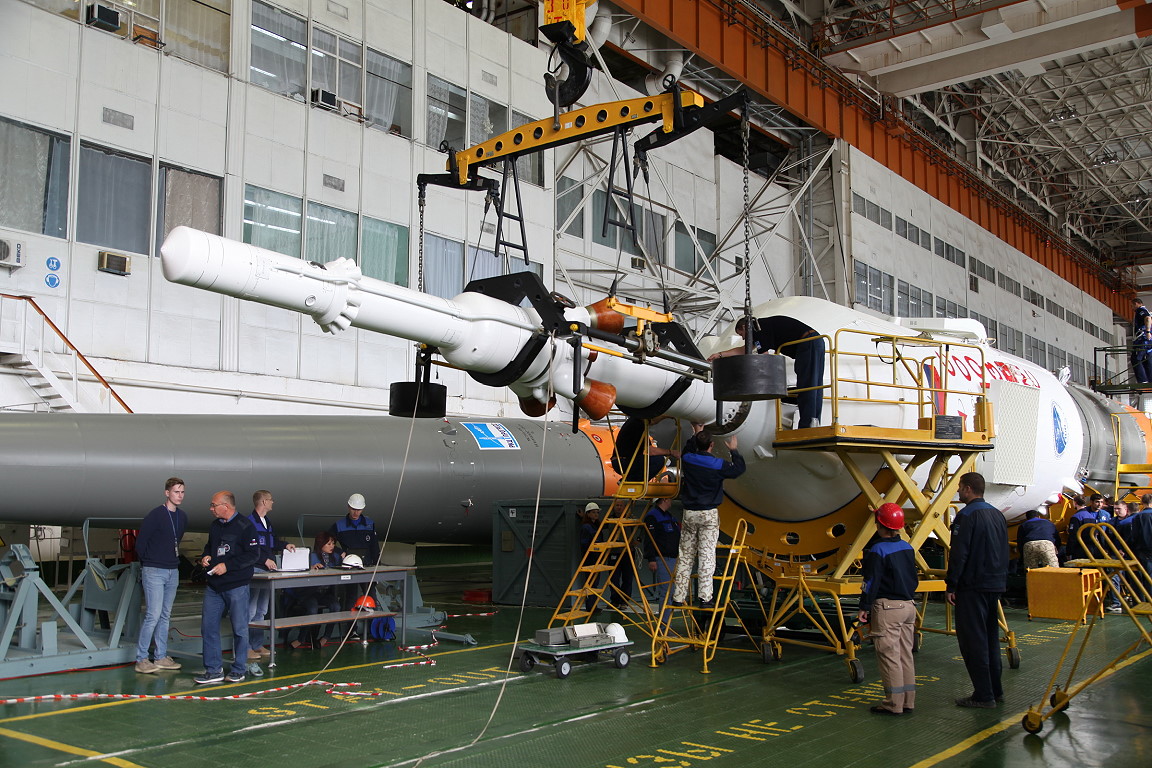
It is expected that Hague will perform at least two sessions of Extravehicular Activity (EVA), later in October, as well as supporting a raft of cargo ships: two SpaceX Dragons, two Northrop Grumman Corp. Cygnuses and a Russian-built Progress. Three hundred experiments in life and microgravity sciences and technology will be performed on the U.S. Orbital Segment (USOS) and Hague and Ovchinin may also see the maiden unpiloted test-flights of the SpaceX Crew Dragon and Boeing CST-100 Starliner. Historically, they will be joined on their return to Earth in April 2019 by the first national astronaut from the United Arab Emirates (UAE).
A married father-of-two, Tyler Nicklaus Hague hails from Belleville, Kan., where he was born on 24 September 1975. He completed high school in Hoxie, Kan., before entering the Air Force Academy and graduating in 1998 with a degree in astronautical engineering. Hague then entered active military duty as a second lieutenant and, after completing a master’s degree in aeronautical and astronautical engineering from Massachusetts Institute of Technology (MIT), he was assigned to Kirtland Air Force Base in Albuquerque, N.M., in August 2000. Hague’s initial duties focused on advanced spacecraft technologies and in 2004 he graduated as a flight test engineer at Edwards Air Force Base, Calif. He worked on the F-16 Fighting Falcon, F-15 Eagle and T-38 Talon aircraft at the 416th Flight Test Squadron and deployed to Iraq in late 2004 as part of Operation Iraqi Freedom.
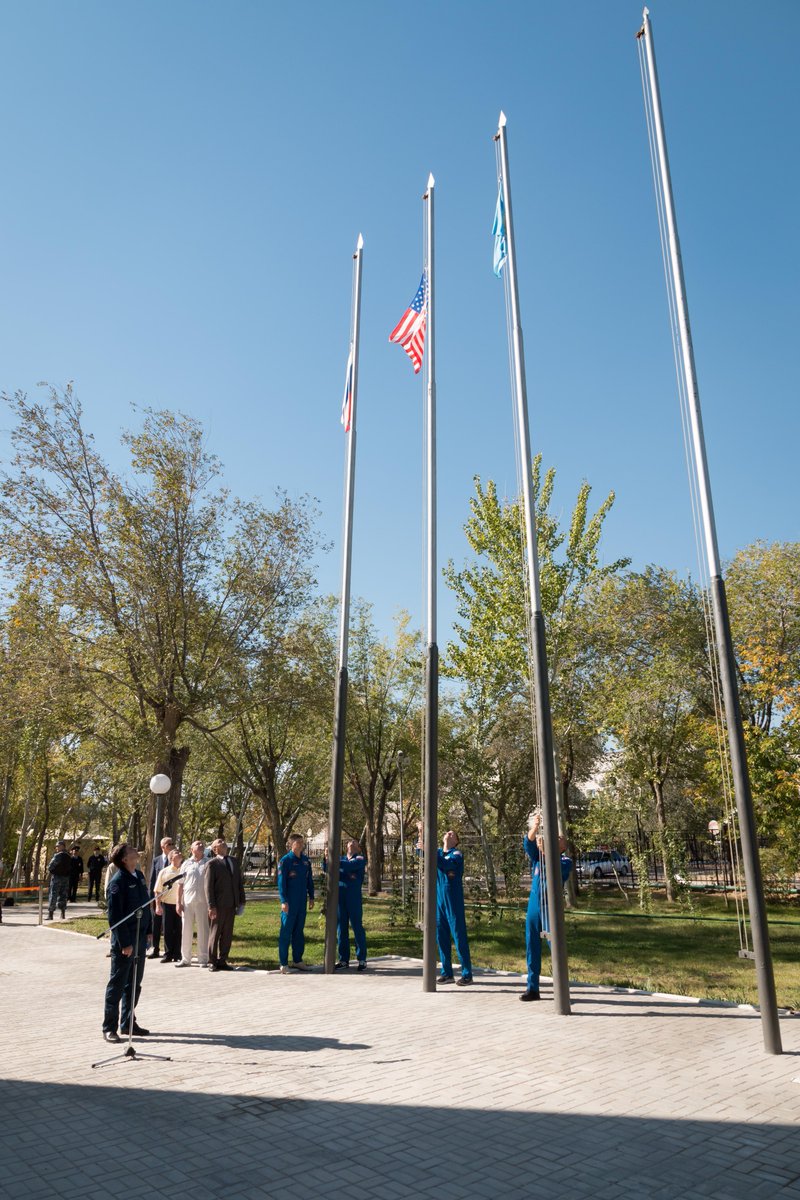
Two years later, Hague joined the Department of Aeronautics faculty at the Air Force Academy, providing student instruction in aeronautics, linear control system analysis/design and scuba. Selected for the Air Force Fellows program in 2009, he was assigned as a member of the personal staff in the U.S. Senate, advising on national defense and foreign policy matters, before serving in the Pentagon as a congressional appropriations liaison for the U.S. Central Command. In 2012, Hague was appointed deputy division chief for research and development for the Joint Improvised Explosive Device Defeat Organization, a position he held until selection by NASA in June 2013.
Chosen from a pool of 6,100 qualified applicants, Hague joined seven others to form part of NASA’s smallest astronaut class selected since 1969. In July 2015, the class completed two years of training and evaluation and Hague initially worked technical assignments in resource planning and operations within the ISS Operations Branch of the astronaut office. He became the first member of his class to receive a flight assignment in March 2017, initially serving with Ovchinin on the backup crew for Soyuz MS-08 and later rotating into the prime crew for Soyuz MS-10.
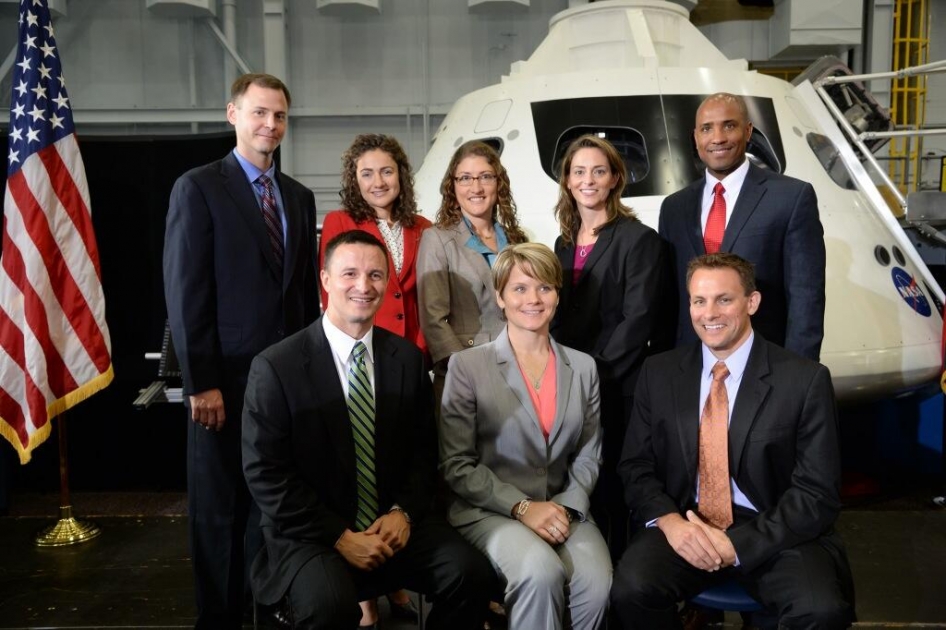
Since then, many of Hague’s fellow astronauts from the 2013 class—nicknamed “the 8-Balls”—have received their first flight assignments. Army aviator Anne McClain will fly aboard Soyuz MS-11 in December 2018, joining Hague aboard the space station during the second half of his increment. Former National Oceanic and Atmospheric Administration (NOAA) engineer Christina Hammock-Koch will join them in April 2019, flying uphill on Soyuz MS-12, and for a few days next spring, three members of the 8-Balls will be in space simultaneously. After McClain returns to Earth, Army surgeon Drew Morgan will launch aboard Soyuz MS-13 in July, joining Hammock-Koch and maintaining an 8-Ball presence on the space station throughout 2019. Hammock-Koch will return to Earth in October, whilst Morgan is slated to land in January 2020.
Dovetailed into this schedule, Marine Corps fighter pilot Nicole Mann will fly the first CST-100 Starliner, tentatively targeted for August 2019, whilst Navy test pilot Victor Glover will fly the first operational Crew Dragon in late 2019 and Navy physicist Josh Cassada is assigned to the first operational CST-100 Starliner, currently targeted to launch in early 2020. The final member of the 8-Balls, physiologist Jessica Meir, trained alongside Russian cosmonaut Sergei Ryzhikov and Japanese astronaut Soichi Noguchi earlier this year, but has yet to be formally named to her first space mission. She is currently training as backup for Hammock-Koch’s flight.




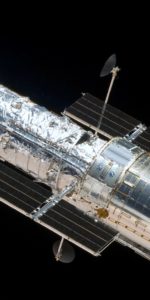
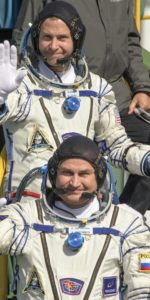
that’s great now lets get our own people in space on our own spacecraft and thanks putin for the help we’ll take it from here